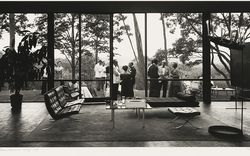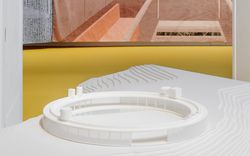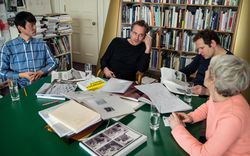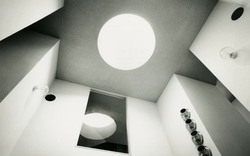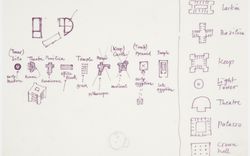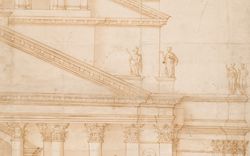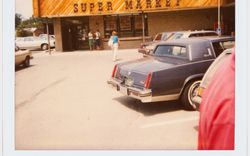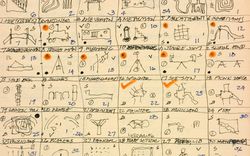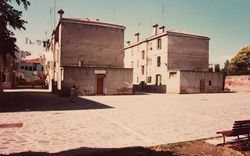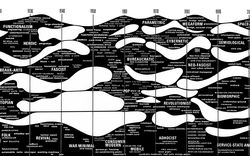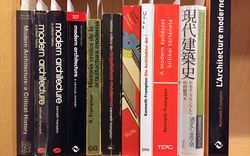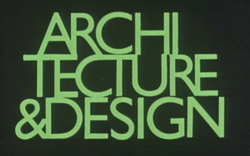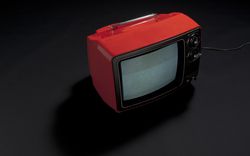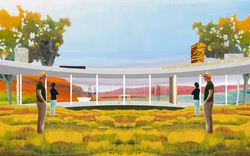Besides, History: Go Hasegawa, Kersten Geers, David Van Severen
Text by Giovanna Borasi
Besides, History is a three-party conversation that took place over the past year, involving Go Hasegawa, based in Tokyo, Kersten Geers and David Van Severen (OFFICE), based in Brussels, and the history of architecture. This conversation was initiated by the CCA, an institution that was founded on the conviction that studying architecture’s ideas involves using the past and the present as tools to envision the future.
We asked the architects certain questions: How do you relate to what came before you? Do you care about history and how it influences your work, or whether it does at all? How do you study past architecture? And why is there a renewed interest in history now, in an age when it seems that we are experiencing a never-ending idea of the present?
Architecture is inevitably related to the desire to project into the future; a new new is therefore always imagined, but a building can’t avoid finding ancestors. The architects in this current generation operate with the belief that everything has already been done but nevertheless argue that we should build something meaningful for our time.
The galleries form a statement that responds to all this. It is a space where you can physically experience the conversation that took place between the architects about their work, in the presence of history. By adopting the format of a conversation, it remains suspended and open; it attempts to clarify its terms while keeping its verbal ambiguity, and it transfers an intellectual argument into space without desiring to exhaust it. Parts of buildings are built at a 1:1 scale; typical historical categories such as authorship are challenged as one architect appropriates the work of the other and represents it with his own tools, comparing it with his own work to reveal similarities and differences; and objects from the CCA collection are included to show the recurrence and familiarity of certain ideas.
Listening attentively to this conversation makes it possible to better understand the renewed interest on the part of the current generation of architects in looking at the history of architecture. Far from a postmodern position that evoked historical architectural forms literally, and far from the work of the previous generation that used history to create a theoretical foundation for architecture, history becomes here a constellation of selected references collected from many historical periods and geographies—Andrea Palladio, John Hejduk, Aldo Rossi, Kazunari Sakamoto—that reveals a very different attitude of inquiry, more directly related to the architects’ aesthetic research and approach without becoming strictly operational or literal. This conversation is about constructing a new narrative of architecture around the ordinary and the banal, and around the materiality of architecture and how it is put together both compositionally and conceptually. It is about the rediscovery of very simple elements of architecture (such as the column or the roof), typological elements (revealed in an obsessive interest in the plan or the section of a building), and so on.
All this can be read as a kind of new manifesto, in which the architects mix selected historical references and their own work to build a new framework for today’s architecture based on an apparent banality, the celebration of the ordinary, the definition of a specific character, the intentional reduction of the means of construction, and the precision of the answer.
This text was written to introduce our 2017 exhibition Besides, History: Go Hasegawa, Kersten Geers, David Van Severen.
